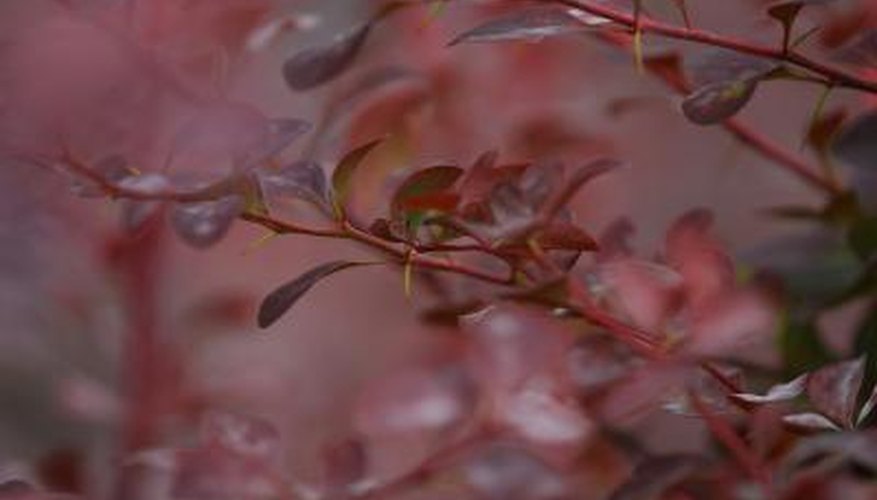Pyracantha is a genus in the large rose plant family. The several species are thorny plants often used in Christmas decorations because of their many small orange to red berries, which ripen in winter. Sometimes called firethorn, this fast growing evergreen shrub makes a good hedge or espalier because of its 8- to 15-foot height and spread. It responds well to pruning at any time of year, but if you want it to produce berries in winter, you must leave a few of the older branches on the plant.
- Pyracantha is a genus in the large rose plant family.
- It responds well to pruning at any time of year, but if you want it to produce berries in winter, you must leave a few of the older branches on the plant.
Prune your pyracantha in winter or early spring, although it responds well to pruning at any time of year. It is helpful to prune in summer if you want to keep the plant contained. Use sturdy clippers for smaller branches and loppers for larger stems.
Cut back leggy growth to encourage the pyracantha to form branches. Cut these long shoots below the point where you want branches to form.
Snip off the tips of long, spindly shoots from time to time throughout the year. Retain some of the old branches because they will produce flowers and berries the following year.
Prune your pyracantha severely in late winter if you prefer. Use loppers to cut it close to the ground. After pruning, water your plant well by running a garden hose at a medium drip for at least 30 minutes. Fertilise with a balanced fertiliser after the soil is well-moistened.
- Cut back leggy growth to encourage the pyracantha to form branches.
- Use loppers to cut it close to the ground.
TIP
This plant does not produce flowers and berries on branches that are less than 1 year old. Thinning long, spindly shoots from the pyracantha helps to improve airflow through the branches and to introduce more sunlight, which helps to prevent fungal diseases. Prune your pyracantha while it is blooming in spring to retain flower clusters, which encourages the formation of berries in winter.
WARNING
Always wear heavy leather gloves when you work with pyracantha because the many sharp thorns can puncture your skin. Birds are attracted to pyracantha berries when they begin to ferment on the plant, causing them to become intoxicated. They sometimes fly into windows in their stupor.
